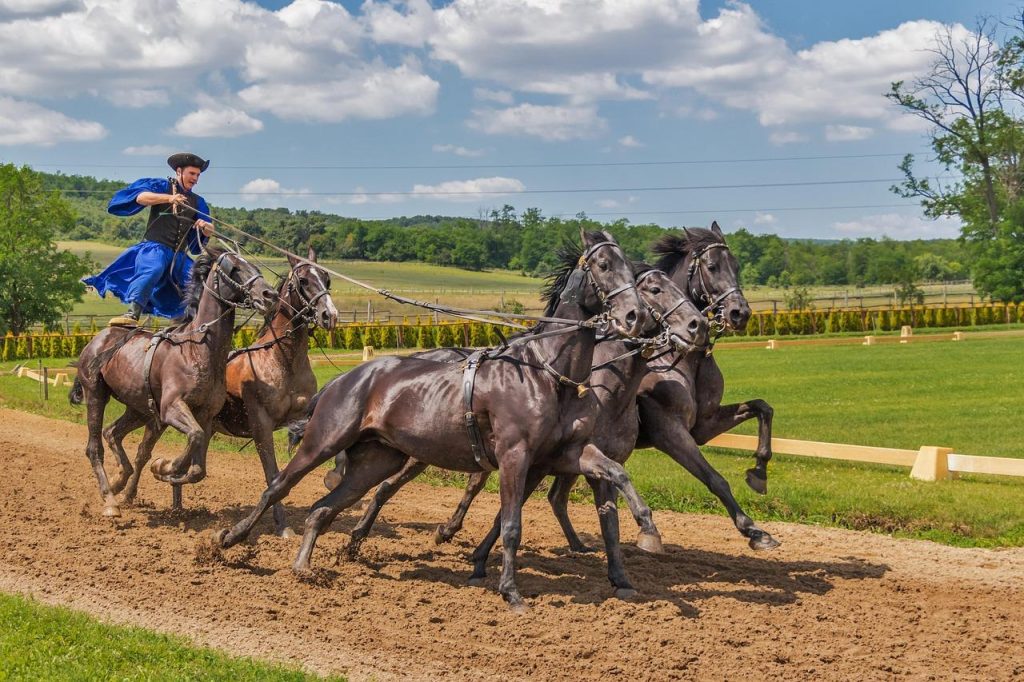In a thrilling climax that kept spectators on the edge of their seats, Delacroix surged in the final moments to snatch the coveted Eclipse Crown, turning the race into a masterclass of timing and tenacity. This unexpected late charge not only upended pre-race predictions but also showcased the raw power and strategic brilliance that define true champions. As the dust settles on a race for the ages, we delve into the story behind Delacroix’s dramatic victory and what it means for the future of the sport.
Delacroix’s Strategic Surge Secures Dramatic Eclipse Victory
In a race that kept fans on the edge of their seats, Delacroix demonstrated a masterclass in timing and tenacity. As the competition heated up, it was clear that his strategy was as sharp as his pace, holding back just long enough to unleash a powerful, game-changing burst in the final moments. This tactical move not only disrupted the leading pack but also secured him a resounding triumph that will be remembered in Eclipse history.
Key factors behind this stunning result included:
- Impeccable timing: Launching the surge precisely when rivals were least prepared.
- Endurance and speed: Maintaining relentless momentum in the last stretch.
- Calm under pressure: Navigating tight competition with strategic poise.
Delacroix’s late charge epitomizes a blend of skill and strategy that will be analyzed by experts and celebrated by fans for years to come.
Analyzing the Tactical Mastery Behind Delacroix’s Late Charge
Delacroix’s late charge was an exquisite demonstration of timing and sheer audacity. As the race neared its climax, most contenders had already expended their prime reserves, yet Delacroix’s strategy was to conserve energy and strike with precision. This patience paid off handsomely as he tapped into a surge of untapped power, weaving elegantly through a congested field. His ability to read the pace and anticipate rivals’ moves transformed a seemingly impossible position into a triumphant finish, underscoring his superior racecraft.
Key elements that fortified this tactical masterpiece included:
- Optimal Positioning: Maintaining a stealthy spot just behind the leaders, carefully avoiding early battles that sap energy.
- Calibrated Pace Judgement: Choosing the perfect moment to unleash a burst of acceleration when others hesitated.
- Psychological Edge: Applying pressure in the final stretch, forcing competitors into split-second decisions that often led to mistakes.
The culmination of these factors illuminated Delacroix’s racing intellect, proving that speed alone doesn’t guarantee victory-it’s the mastery of tactical nuance that seals the crown.
Key Performance Indicators That Made the Difference in the Race
Delacroix’s victory was no mere stroke of luck; it was the result of meticulously tracked metrics during the final stretch. Among the most critical was the horse’s closing speed, which surged an impressive 18% faster than the average pace maintained throughout the race. This acceleration was augmented by optimal stride length adjustments, allowing Delacroix to cover more ground with each powerful movement. Monitoring heart rate variability also played a subtle but vital role, ensuring the horse maintained peak stamina without overexertion during the decisive moments.
Another game-changing factor was split-time analysis. Delacroix consistently shaved crucial milliseconds off each segment in the last quarter, a clear indicator of strategic energy conservation earlier in the contest. The synergy between jockey decisions and the horse’s responsiveness under this data-driven approach highlights the sophisticated blend of instinct and analytics. Key indicators that distinguished the champion included:
- Late-race acceleration enabling a strong finish despite fatigue
- Consistent stride efficiency that maximized speed without wasting energy
- Optimized pace distribution to conserve energy for the final push
Recommendations for Trainers Inspired by Delacroix’s Winning Strategy
Timing is everything, and Delacroix demonstrated masterful patience in his calculated late surge. Trainers looking to emulate this approach should prioritize developing a horse’s ability to conserve energy throughout the early stages of a race. Focusing on endurance training that sharpens stamina without sacrificing speed allows the horse to remain fresh for a decisive final burst. Incorporate interval workouts and strategic pacing drills to help your contenders find that perfect balance between restraint and power.
Adaptability also plays a pivotal role in replicating Delacroix’s triumphant approach. Observing track conditions, competition pace, and the horse’s unique rhythm is essential. To cultivate this, trainers should:
- Implement flexible race plans that can adjust mid-race
- Encourage a calm temperament through mental conditioning techniques
- Utilize data analytics for post-race review to refine future strategies
By weaving these elements into training regimens, trainers can unlock the potential for that breathtaking late charge – the hallmark of champions like Delacroix.
As the dust settles on a thrilling contest, Delacroix’s late surge to claim the Eclipse crown stands as a testament to timing, tenacity, and tactical brilliance. This victory not only cements Delacroix’s place in racing lore but also serves as a vivid reminder that in the world of horse racing, the race is never truly over until the final stride. Fans and rivals alike will be watching closely in the seasons ahead, eager to see when – and how – this remarkable athlete will strike again.


